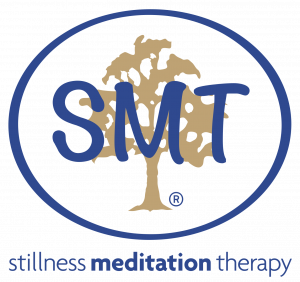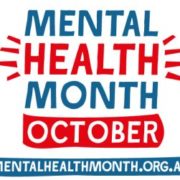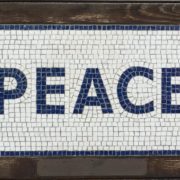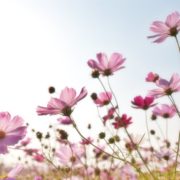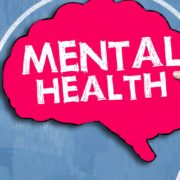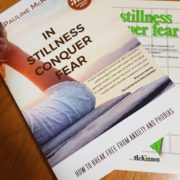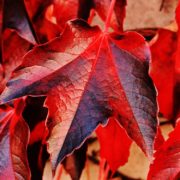Navigating Christmas in the 21st century
Another year is drawing to a close and it’s nearly time for celebrations! On the front door, the Advent wreath heralds more to come. Christmas lists are being prepared, Christmas trees and festive decorations are appearing here and there and Santa will soon emerge, hoping that the possibility of 40° temperatures around Melbourne might hold off for a while. The excitement of Christmas touches all lives one way or another but this time of year also coincides with a few other major milestones.
My family and I celebrated several birthdays within the month of November and of course numerous others have birthdays to look forward to prior to December 25th! Will everyone literally run out of steam before that day approaches?
My colleague Lucy and I were contemplating all this when she suddenly said “this is all about happily finding our way through … just as the three wise men navigated their way from a distance to discover the infant Christ in a humble manger in the small town of Bethlehem all those many aeons ago.”
So, let’s briefly contemplate a few other important matters with a view to minimising these becoming not merely hurdles but mountains along the path to Christmas.
At this time of year in Australia we have the challenge met by students facing end of year exams, concerts and celebrations of another kind. These activities involve a great deal of parental navigation, physically, mentally, emotionally and geographically! This is also a time where many children begin to walk new pathways: planning for the new school year, starting the little ‘preps’, entry into new schools for mid-level kids, significant adaptation from primary to secondary level, VCE to holiday jobs and awaiting entry into tertiary education – as well as holiday planning for the long summer break.
Family needs such as those suggested above also involve financial pressures for parents – and that’s before they even begin to consider the Christmas gift lists!
It’s also timely to remember that there are other areas of life over which to stumble in our journey to Christmas. Perhaps most notably the diversions on the way relating to personal adaptation to change. Within the closing year many people have experienced loss and it’s accompanying grief. Typically, loss may involve the death of loved ones and the thought of celebration without those so dear to us can for some, be beyond contemplation. But there are other losses to consider, too, that lead to radical emotional hurdles: the pain involved in parting where family members fall out or friendships are unexpectedly severed; or the acute pain within divorce and broken marriage or relationships where such separation touches children’s lives and the wider relationships within the extended family. And what of families separated due to loved members who live out of the country? The journey to Christmas may for many be tainted by loneliness and isolation when geographical distance and a sense of lost connection occurs.
And then there are the emotional barricades that halt the journey as stress morphs into fatigue and the unkind feelings of guilt, fear, anxiety and depression. To uncover the easy road to joy and the promise of celebration at Christmas time really means many must traverse not only the mountains and the desert but also the jungle.
Notwithstanding all these truths, in facing these realities, let’s not become overly negative. For many, myself included, Christmas is a stand-alone occasion for the purpose of celebrating the Christian feast. And this of course involves the tradition of gift giving, sharing special food and wine and particularly, sharing the company and love of family and close friends. Alongside the celebrations to look forward to, a significant component of the traditional Christmas celebration also involves attention to Advent, a time for reflection, self-nurturing and quiet in the four weeks preceding Christmas.
Whilst the meaning of Advent also originated in Christianity, wouldn’t it be wonderful if those first four weeks of December could be recognised by many more and truly valued as ‘down time’ – a time of self-care among all the duties and responsibilities that must be lived. This could also be a time for finding the positive within all change – that means aiming to see beyond hurt, anger, fear and loneliness and look instead to new beginnings of hope and actually, the eternal power of love … if we will only be patient enough to trust.
With that in mind, maybe this year we might consider making time each day for simplicity, for a little contemplation. For time spent in meditation, for noticing our feelings, for letting go of stress and pressure, for quiet conversation (away from the distraction of mobiles and other devices) – and a time to become self-aware which in turn, helps us in our awareness and love for others.
Perhaps navigation at this time of year means aiming to keep Christmas in correct perspective. Essentially Christmas is, after all, a reminder of the human need for peace. As we travel the journey this year, let’s consider the upcoming challenging road with a sense of peace; with ease and joyfulness without feeling burdened by obstacles and with the desire for a truly wonderful celebration.
From all of us at the Stillness Meditation Therapy Centre, we wish you a very happy Christmas Season and a very happy and significant New Year – we look forward to meeting you and sharing a very calm 2020!
Pauline McKinnon (C)
Melbourne, December 2019
